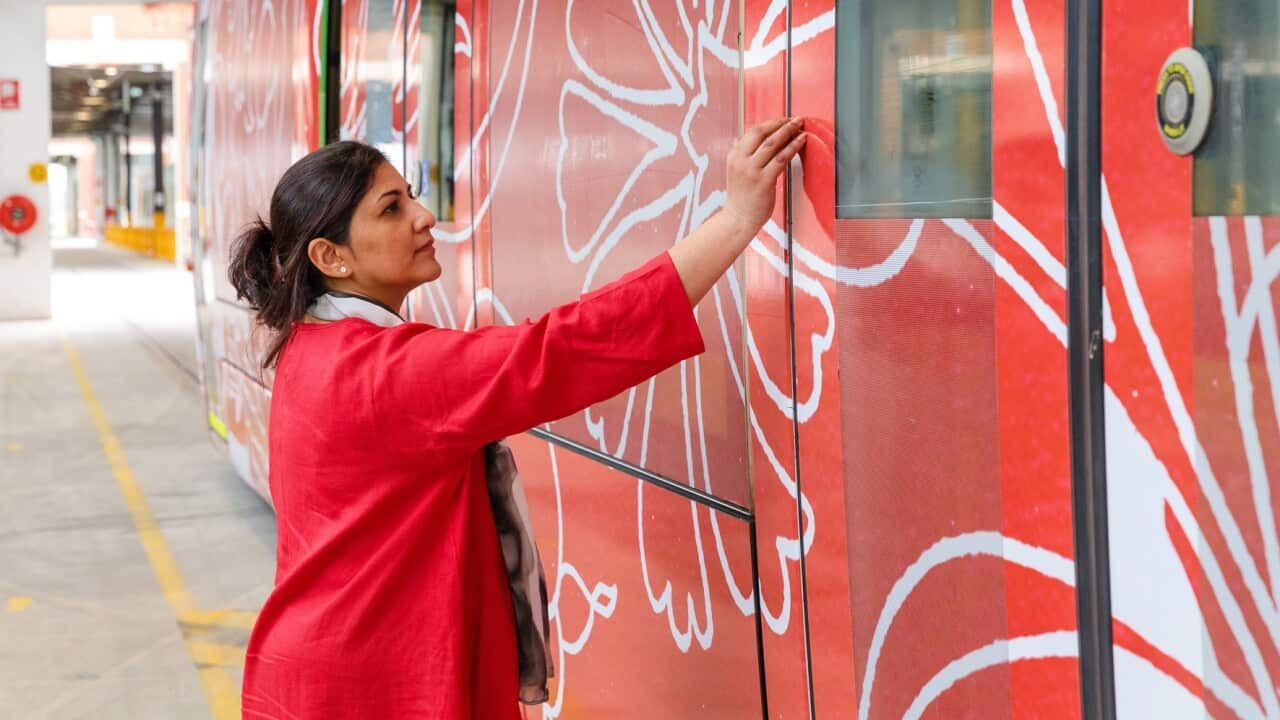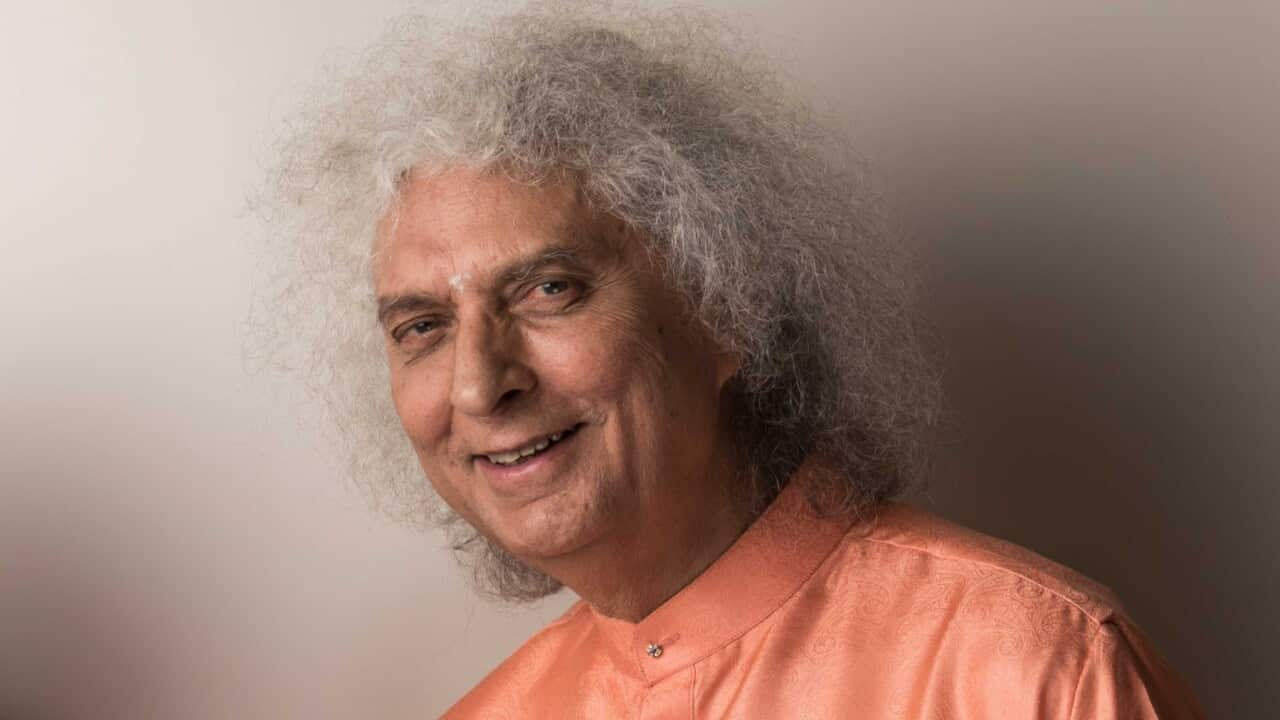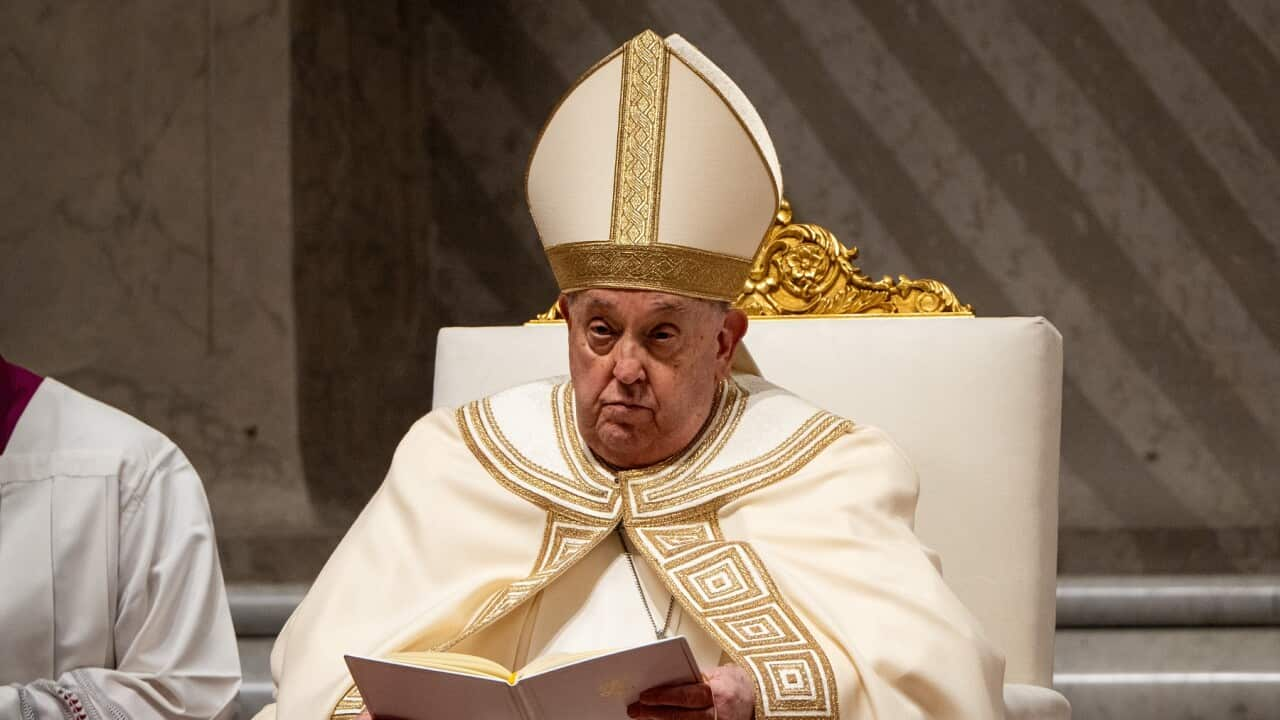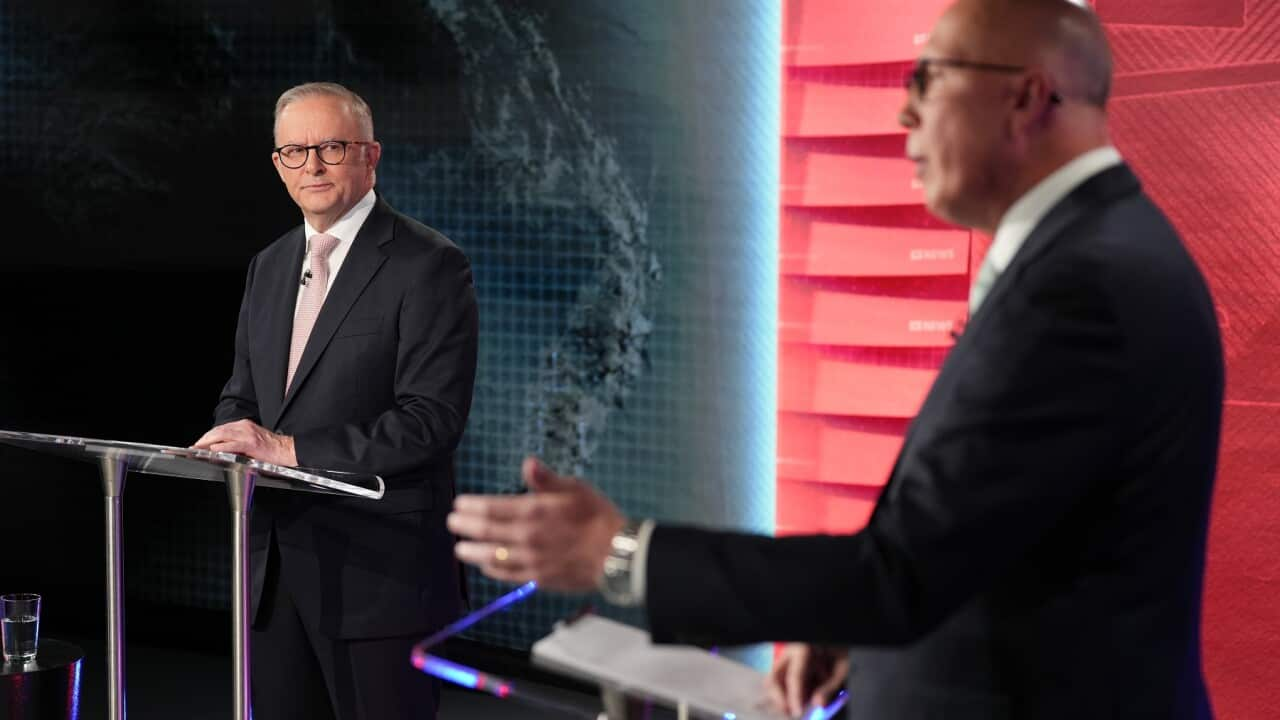Key Points
- There are more than 50 traditional folk art forms in India
- These forms are over 3000 years old
- Many folk arts forms are on the verse of disappearing
Almost every region of India has its traditional form of art that reflects its diverse cultural identity. Speaking with SBS Hindi Senthil Vel, founder of the International Indian Folk Art Gallery said, “There are over 50 traditional folk arts indigenous to India with each style distinct and originating from various states across the country.”
Mr Vel, who is an engineer by profession, is a passionate practising artist in Chariyal painting. He said many interesting aspects of Indian folk art and craft were not well know Mr Vel said his and others’ mission was to promote the beauty of Indian folk art across the globe and continue the tradition of teaching the next generation.
Mr Vel said his and others’ mission was to promote the beauty of Indian folk art across the globe and continue the tradition of teaching the next generation.

Pichwai painting of Rajasthan India ( Krishna and Gopikas) Source: IIFAG Melbourne/ Senthil Vel
“Apart from educating, folk art was one of the few forms of entertainment in ancient India,” he said
The Exhibition celebrating the folk art of India was formally opened on May 7, by Mr C S Srinivasan, Board Member, Multicultural Arts Victoria in the presence of art lovers, guests, and John Burns MP, Federal Member for Macnamara.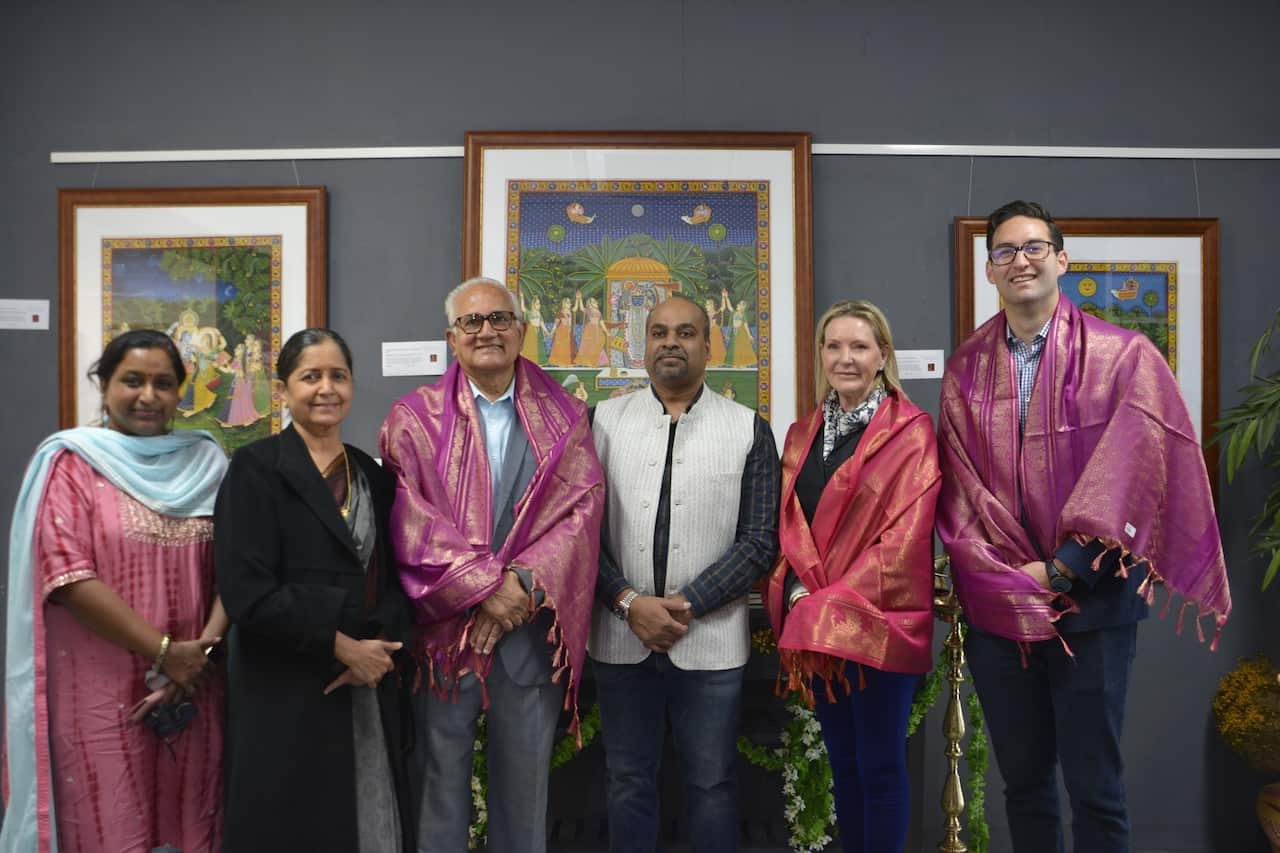 The current exhibition showcases around 30 selective and unique artifacts from all over the Indian subcontinent. These include artwork in the styles of Gond, Pichwai, Tal Chitra (palm leaf engraving), Tanjore, Pattachitra, Cheriyal scroll paintings, and more.
The current exhibition showcases around 30 selective and unique artifacts from all over the Indian subcontinent. These include artwork in the styles of Gond, Pichwai, Tal Chitra (palm leaf engraving), Tanjore, Pattachitra, Cheriyal scroll paintings, and more. Mr Vel said the ancient art forms were more than 3000 years old, and their survival had been dependent on small communities passing knowledge down from generation to generation.
Mr Vel said the ancient art forms were more than 3000 years old, and their survival had been dependent on small communities passing knowledge down from generation to generation. Indian folk art paintings usually depict popular mythology stories; Hindu deities and reflect on socio-cultural diversity.
Indian folk art paintings usually depict popular mythology stories; Hindu deities and reflect on socio-cultural diversity. Mr Vel said the art reflected the way of life and culture in a community of that particular period and region, and in this way was a key means of education.
Mr Vel said the art reflected the way of life and culture in a community of that particular period and region, and in this way was a key means of education.

Exhibition opening(LtoR) Rathna Senthil (cofounder), Mrs & Mr C Srinivasan (Board member MAV) Senthil Vel(founder IIFAG), Ms Collen Harkin, Josh Burns (MP Macnamara) Source: IIFAG Melbourne/ Senthil Vel

Artist and founder IIFAG Senthil Vel and his work 'Chariyal Painting'. The painting represents the folk art painting of Andhra Paradesh, India. Source: IIFAG Melbourne/ Senthil Vel

Gond folk art depicting Jungle Night life. This art is practiced by one of the largest tribes, which has its origin in Madhya Pradesh, India Source: IIFAG Melbourne/ Senthil Vel

Madhubani Painting also known as Mithila painting due to its origins in the Mithila region of India Source: IIFAG Melbourne/ Senthil Vel
The folk art paintings distinctively vary in their styles in different regions but connect through the common cultural profile, colours, material and storytelling theme. The colours for paintings were extracted from vegetables, fruits, flowers, stones, Mr Vel said. “For example, the red colour was from grinding clay, while white was extracted from sea shell, similarly the yellow was from ‘hardital’ stone.” Mr Vel explained.
The colours for paintings were extracted from vegetables, fruits, flowers, stones, Mr Vel said. “For example, the red colour was from grinding clay, while white was extracted from sea shell, similarly the yellow was from ‘hardital’ stone.” Mr Vel explained.

Pattachitra Painting - the traditional painting of Odisha, India depicting stories of Hindu mythology Source: IIFAG Melbourne/ Senthil Vel
A variety of art forms have evolved over the years, according to Mr Vel. While some remained untouched by modernisation, some adapted to new colours and materials, he said He explained there had been an influence of different cultures on traditional Indian folk art for example Tanjore painting had been influenced by European art.
He explained there had been an influence of different cultures on traditional Indian folk art for example Tanjore painting had been influenced by European art.

Mandala Art with 942 Petals. It represents various elements of our universe and used as spritual guidance tool. Source: IIFAG Melbourne/ Senthil Vel
Mr Vel said the art forms were on the verge of disappearing and forgotten due to industrial and economic pressure to prioritise alternative careers to the arts in India.
“Some of these Indian Folk Arts are sadly diminishing due to various reasons. It is important to preserve the ancient folk art to understand the rich heritage of Indian culture.”

Pichwai Painting of Rajasthan, India (Lord Sri Nath ji) Source: IIFAG Melbourne/ Senthil Vel
Mr Vel spoke about his various initiatives to keep this rich cultural traditional Indian Folk art alive.
“So far, we have done this through art classes for children, workshops for adults, art competitions, and folk art events. We aim to give this art the necessary platform to flourish,” he said. International Indian Folk Art Gallery (IIFAG) aims to host exhibitions in various cities in Australia and around the world. IIFAG will also host free ‘Indian Folk Art Workshops’ in Bengaluru, India during June 2022.
International Indian Folk Art Gallery (IIFAG) aims to host exhibitions in various cities in Australia and around the world. IIFAG will also host free ‘Indian Folk Art Workshops’ in Bengaluru, India during June 2022.

Artist Senthil Vel explaining the details of the paintings Source: IIFAG Melbourne/ Senthil Vel
The present free exhibition in collaboration with Space2B, 144 Chapel Street, St. Kilda, Melbourne is on until 30 May 2022
Listen to the podcast in Hindi by clicking on the audio icon inside the picture at the top.


